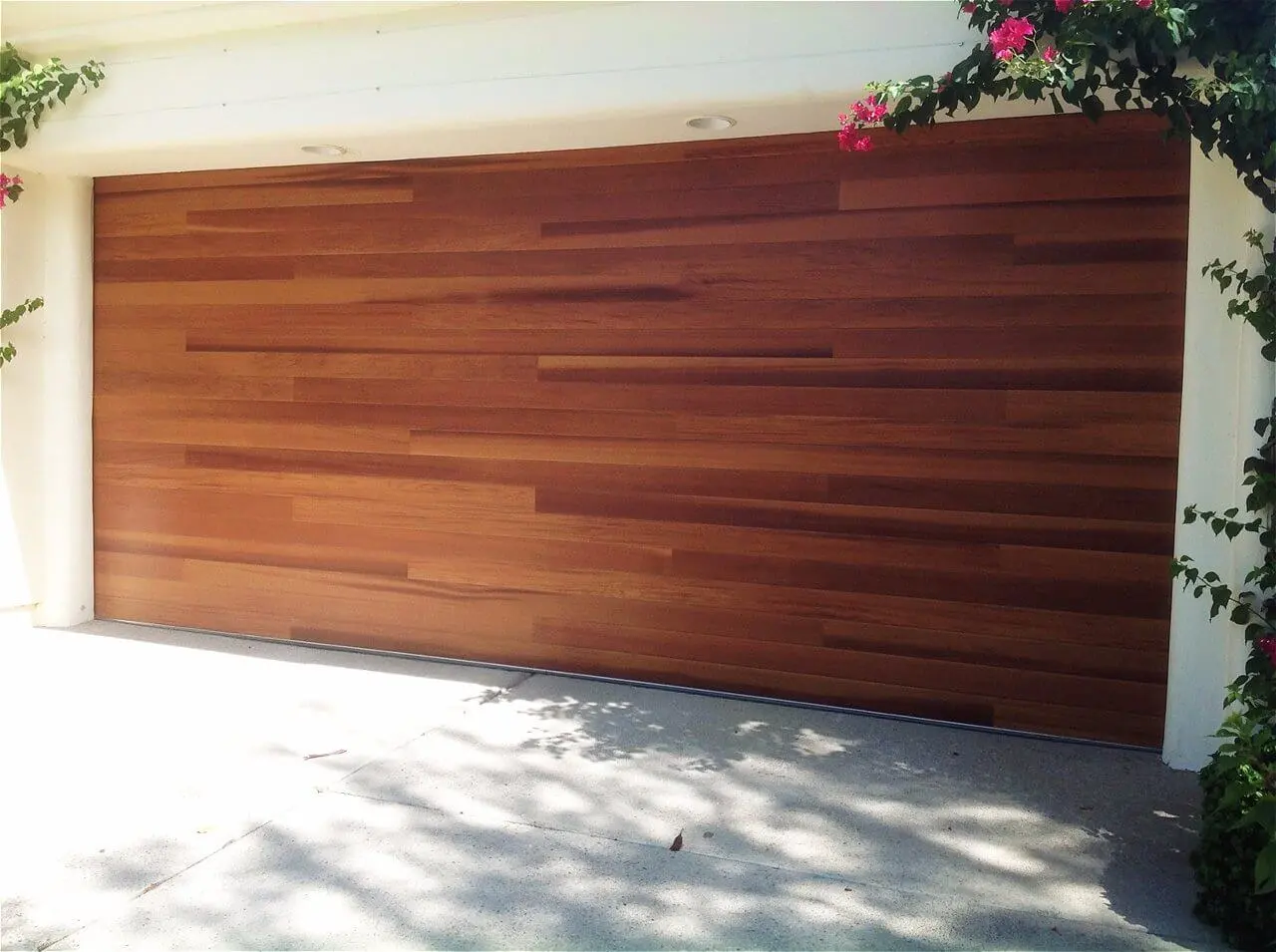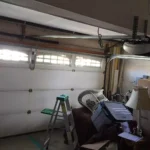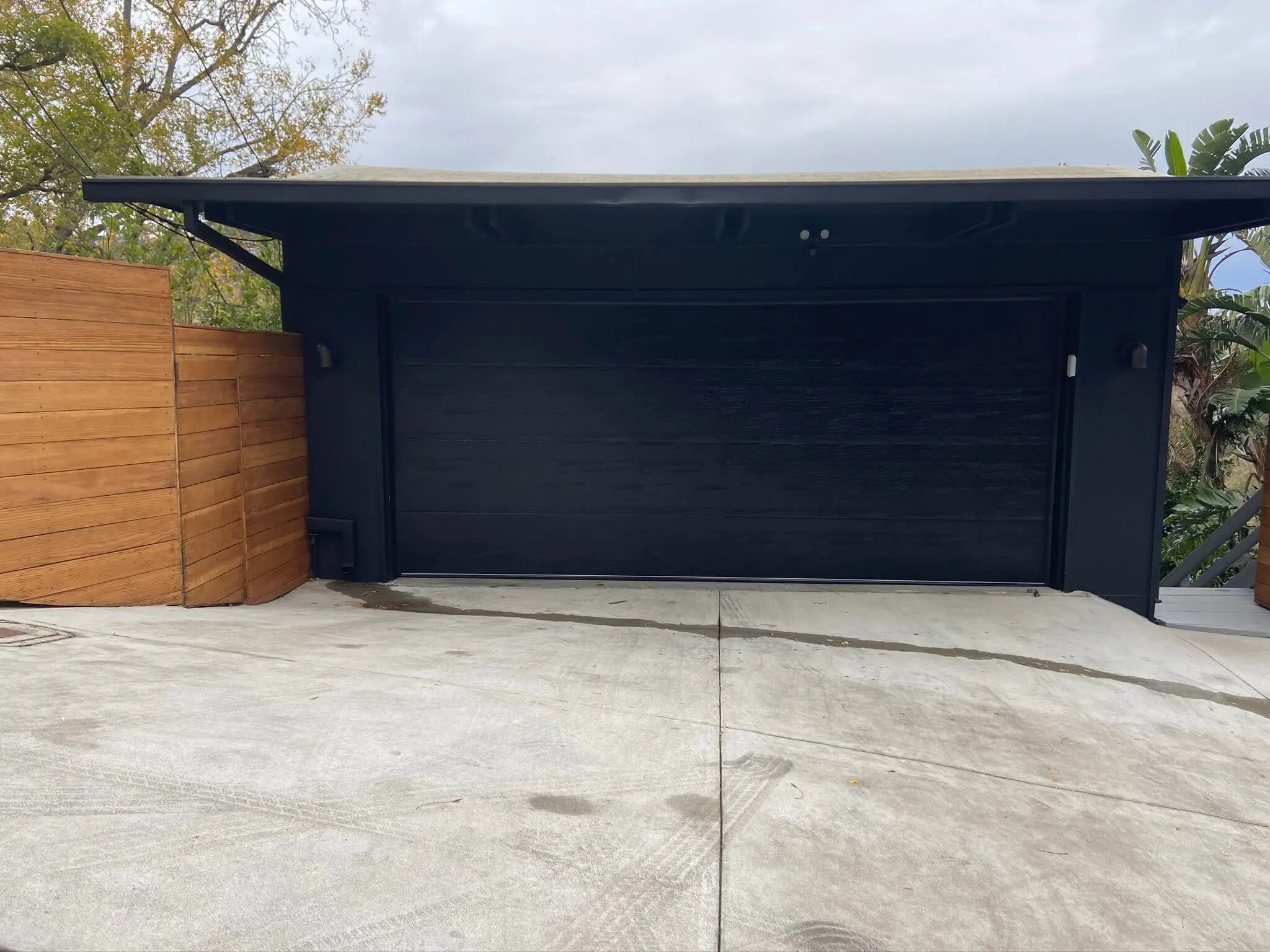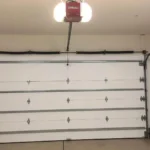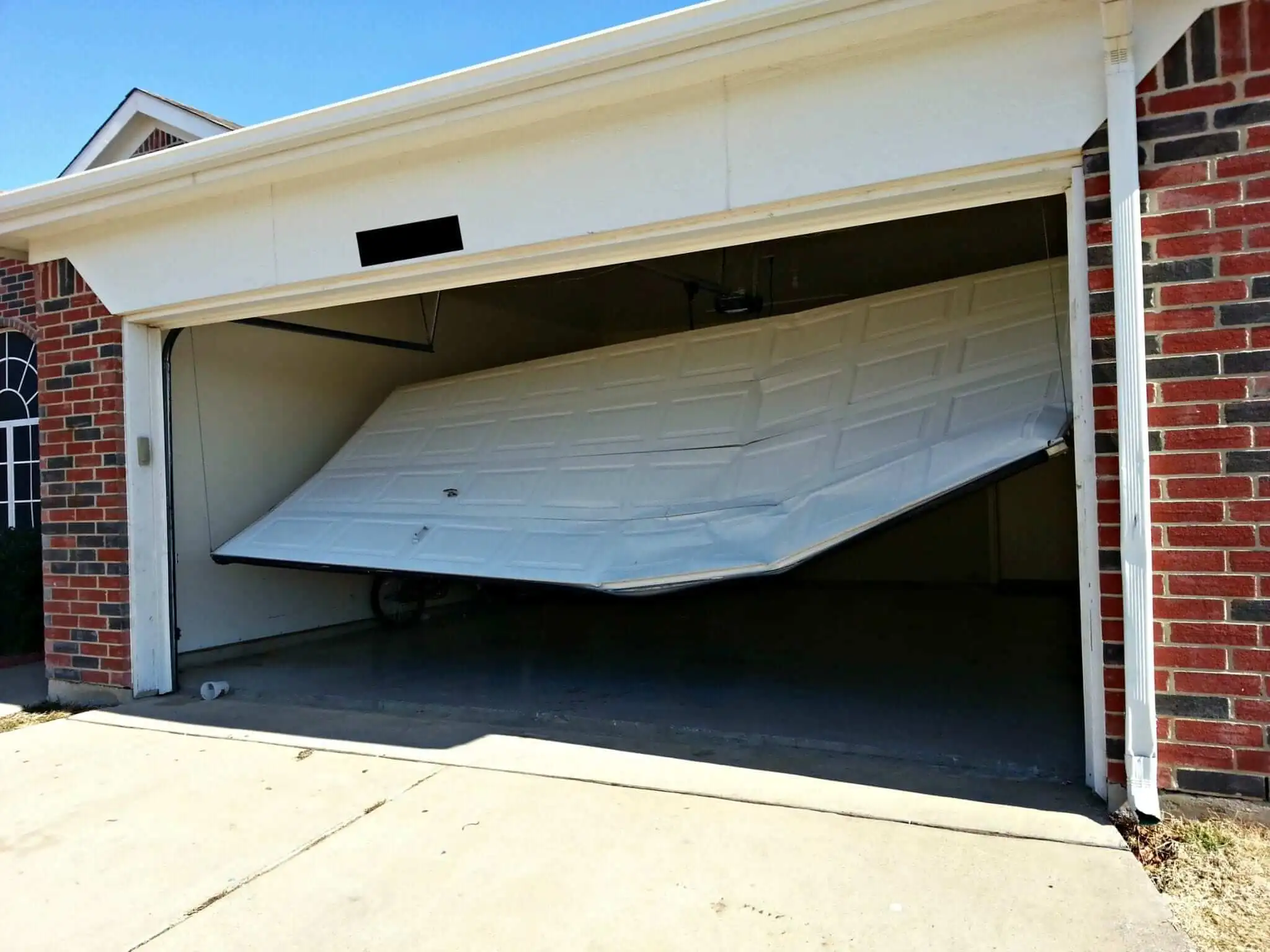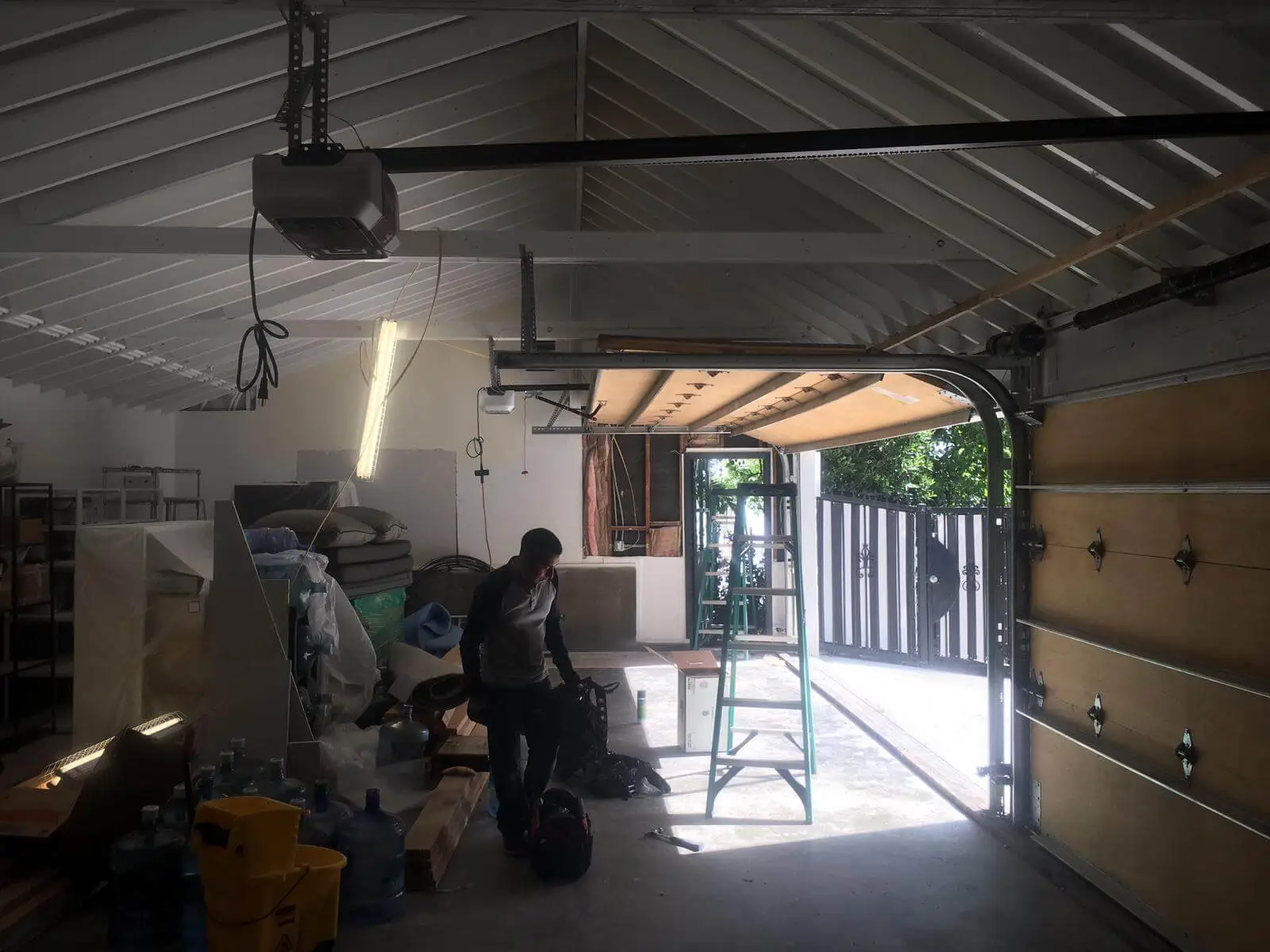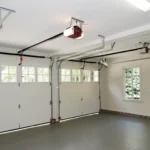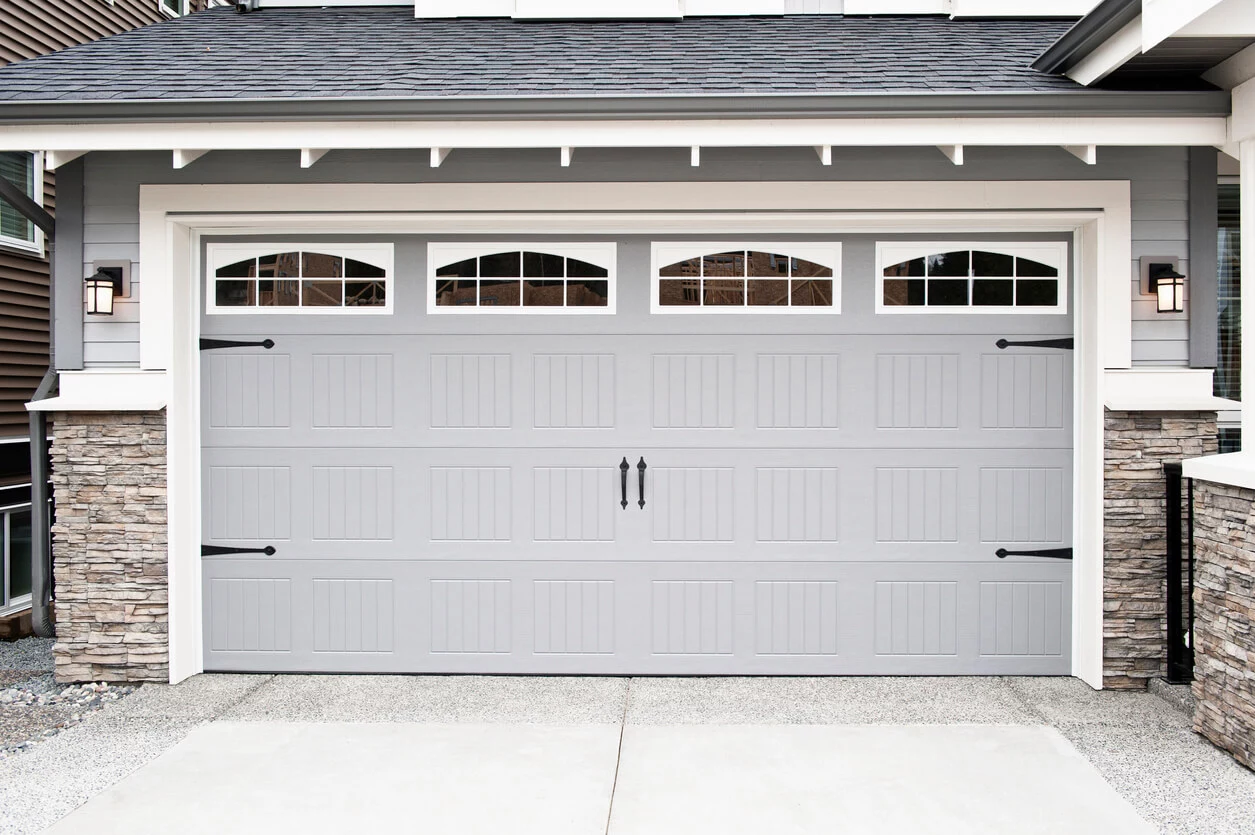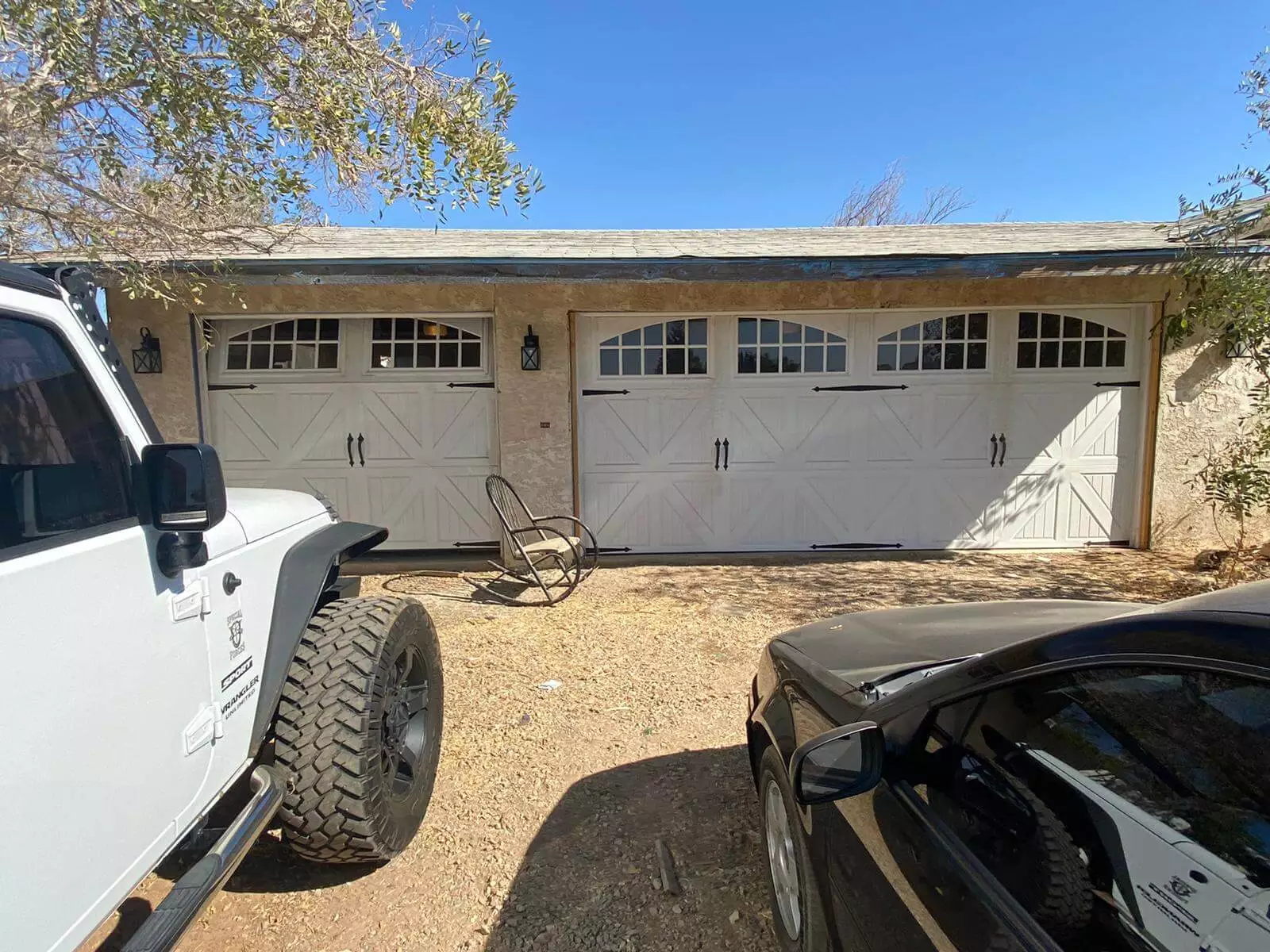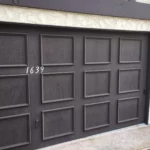Having a garage door that refuses to budge can be incredibly frustrating. Whether it’s jammed halfway or stuck completely closed, not being able to access your garage is a hassle. But don’t panic – there are several things you can try before calling in a professional. In many cases, you can diagnose and remedy the issue yourself. Here are some tips for troubleshooting a garage door that won’t open.
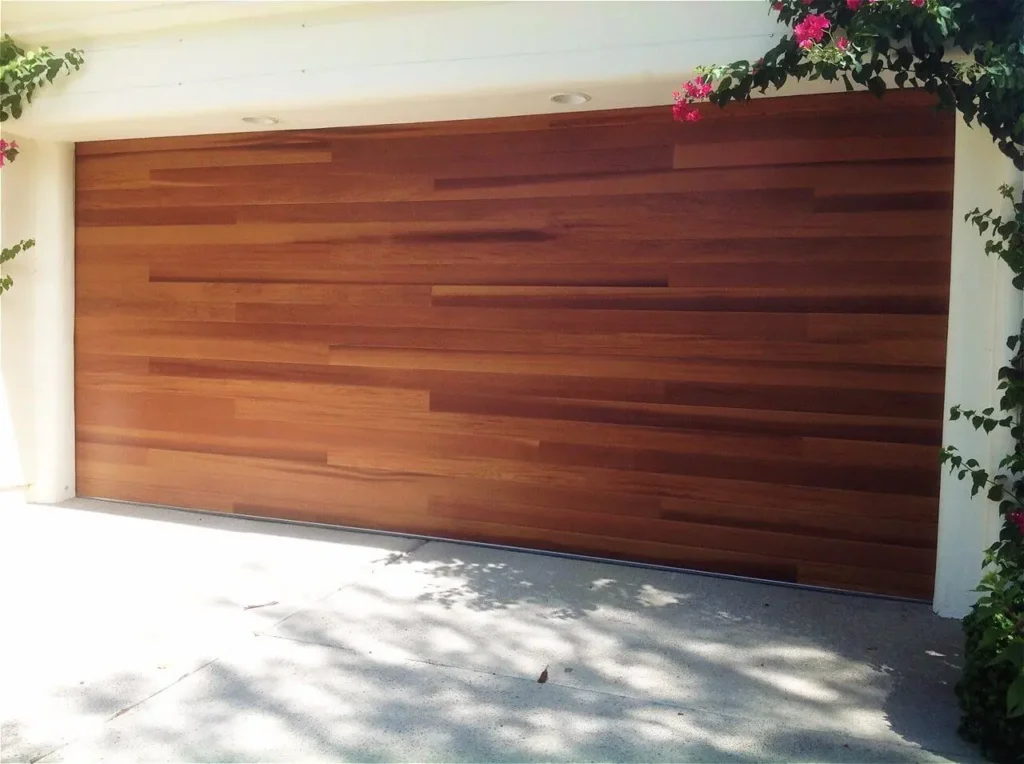
Content
Check the Photo Eyes
Photo eyes are the little optical sensors located near the garage floor on either side of the door. They work to detect objects and reverse the door’s movement if anything passes through the opening path. Dirty or misaligned photo eyes can cause the door to stop working properly. Wipe them clean with a dry cloth and make sure they’re positioned facing each other at the proper height.
Inspect the Door Tracks
The door tracks are the parallel rails along which the door rolls up and down. Debris or kinks in the tracks can interfere with smooth operation. Clean out any dirt, leaves, or other buildup from the tracks. Also check for bent or misaligned sections that may be throwing the door off course. A little bending may be needed to straighten them.
Test the Opener
If the door itself can be manually lifted and lowered without issue, the problem likely lies with the garage door opener. Try activating it using the wall-mounted button, remote control, or app. A beeping sound but no movement usually means a bad safety sensor. No sound at all may point to a power or motor issue. Resetting the opener’s logic board is also worth a try before looking into replacements.
Check for Obstructions
Cars parked too close to the door or bulky storage items leaning on the tracks can obstruct proper opening and closing. Make sure the path above and below is clear of any objects blocking the door’s movement. Even something seemingly minor like a kickplate not laying flush could potentially cause a jam.
Lubricate Door Components
Over time, hinges, rollers, and other moving parts may get gritty or stiff from lack of lubrication. Applying a few drops of lightweight oil, especially where the tracks meet the door, can remedy squeaks and improve operation. Just be sure not to over-oil plastic or electronic components.
If none of these solutions work, the problem may require a service call. In some cases like broken springs or a damaged frame, full garage door replacement may be necessary. But most minor issues can often be fixed yourself without too much trouble. And in the case you do need a professional, Garage Door Replacement in Glen Allen can assess your specific needs and install a new system.
When to Call a Pro
There are a few issues beyond basic homeowner fixes that definitely warrant a garage door technician:
- Broken Cables or Springs: These are under high tension and can cause serious injury if not handled properly.
- Off-Track Doors: If attempts to align and straighten the tracks don’t work, a professional has the right tools to get it tracking smoothly again.
- Severe Damage: Warping, dents, cracks or other signs of compromised structural integrity mean it’s time for an assessment and potential replacements.
- Recurring Problems: Chronic issues like repeated jamming or intermittent operation are better diagnosed by an expert.
With some simple checks and light maintenance, you can hopefully resolve most temporary glitches that prevent your garage door from opening. But it’s always safer to call in reinforcements if the problem is more serious or persists after DIY solutions. With the right repairs, your door will be up and running to welcome vehicles inside again in no time.

Christine Kelley is a dedicated home blogger who has been blogging for over six years. She covers everything home related. Christine also loves writing posts about her travels to Europe with her husband and two children.

